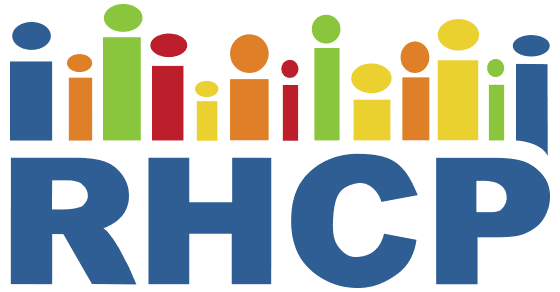Community-Engaged Bidirectional Crisis and Emergency Risk Communication With Immigrant and Refugee Populations During the COVID-19 Pandemic
SAGE Publishing and Public Health Reports. 2022
Abstract
Objectives: This study was conducted to assess an intervention that was created by a community–academic partnership to address COVID-19 health inequities. We evaluated a community-engaged bidirectional pandemic crisis and emergency risk communication (CERC) framework with immigrant and refugee populations during the COVID-19 pandemic.
Methods: A 17-year community-engaged research partnership adopted a CERC framework in March 2020 to address COVID-19 prevention, testing, and socioeconomic impacts with immigrant and refugee groups in southeast Minnesota. The partnership used bidirectional communication between communication leaders and their social networks to refine messages, leverage resources, and advise policy makers. We conducted a mixed-methods evaluation for intervention acceptability, feasibility, reach, adaptation, and sustainability through multisource data, including email communications, work group notes, semistructured interviews, and focus groups.
Results: The intervention reached at least 39 000 people in 9 months. It was implemented as intended and perceived efficacy was high. Frequent communication between community and academic partners allowed the team to respond rapidly to concerns and facilitated connection of community members to resources. Framework implementation also led to systems and policy changes to meet the needs of immigrant and refugee populations.
Conclusions: Community-engaged CERC is feasible and sustainable and can reduce COVID-19 disparities through shared creation and dissemination of public health messages, enhanced connection to existing resources, and incorporation of community perspectives in regional pandemic mitigation policies.

